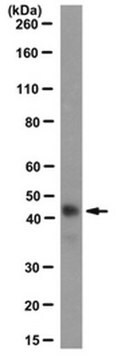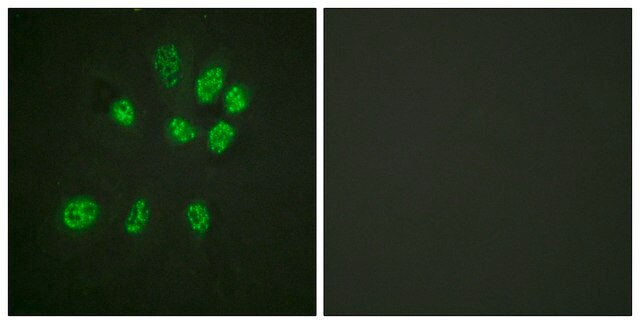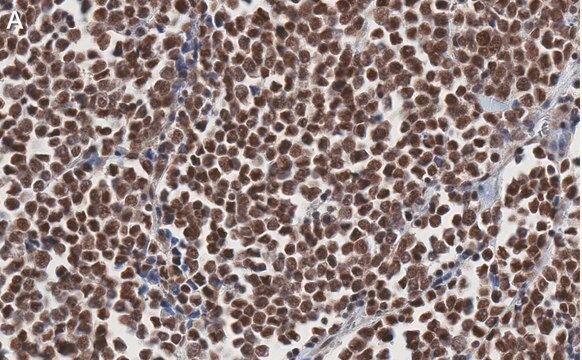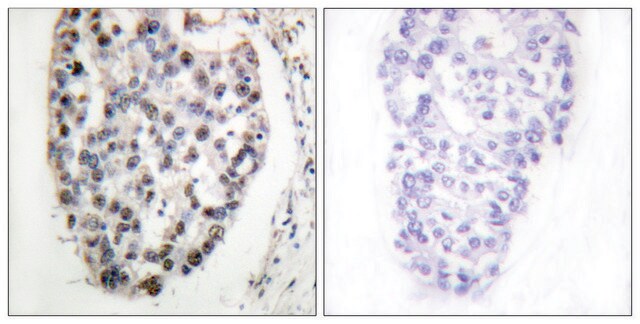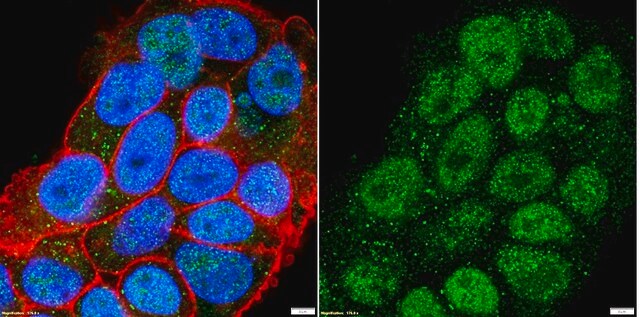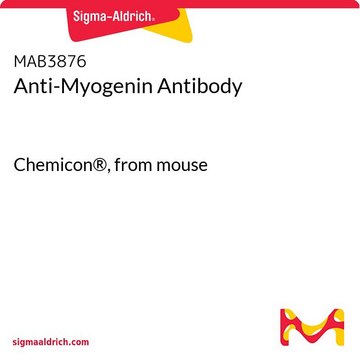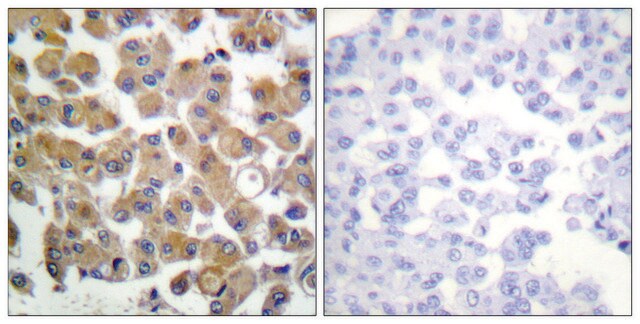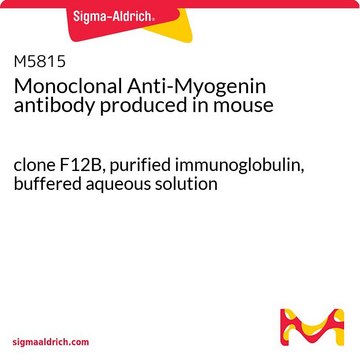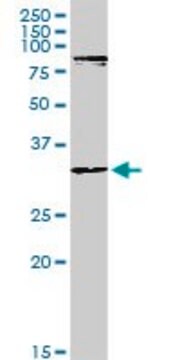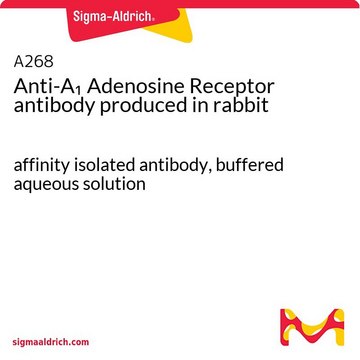M6190
Monoclonal Anti-MYOD1 antibody produced in mouse
clone 5.2F, purified immunoglobulin, buffered aqueous solution
Synonym(s):
Anti-Myogenic Differentiation Antigen 1
About This Item
Recommended Products
biological source
mouse
Quality Level
conjugate
unconjugated
antibody form
purified immunoglobulin
antibody product type
primary antibodies
clone
5.2F, monoclonal
form
buffered aqueous solution
mol wt
antigen 34 kDa
species reactivity
human, rat, chicken, mouse
concentration
1.0 mg/mL
technique(s)
immunocytochemistry: suitable
immunohistochemistry (formalin-fixed, paraffin-embedded sections): 2-4 μg/mL
immunohistochemistry (frozen sections): 2-4 μg/mL
immunoprecipitation (IP): 2 μg using 1 mg protein lysate
western blot: 1 μg/mL (reacts with the ~45 kDa protein)
isotype
IgG2a
UniProt accession no.
shipped in
wet ice
storage temp.
−20°C
Gene Information
human ... MYOD1(4654)
mouse ... Myod1(17927)
rat ... Myod1(337868)
General description
Immunogen
Application
- immunofluorescence staining at a 1:50 dilution
- western blotting
- immunostaining at a 1:300 dilution
Biochem/physiol Actions
Physical form
Disclaimer
Not finding the right product?
Try our Product Selector Tool.
recommended
Storage Class Code
10 - Combustible liquids
WGK
nwg
Flash Point(F)
Not applicable
Flash Point(C)
Not applicable
Choose from one of the most recent versions:
Already Own This Product?
Find documentation for the products that you have recently purchased in the Document Library.
Our team of scientists has experience in all areas of research including Life Science, Material Science, Chemical Synthesis, Chromatography, Analytical and many others.
Contact Technical Service